Despite their size, pocket sharks hold an important place in marine biology because they represent just how much we still don’t know about life beneath the waves. The first discovery of a pocket shark came in 1979, but then the world went decades without another sighting.
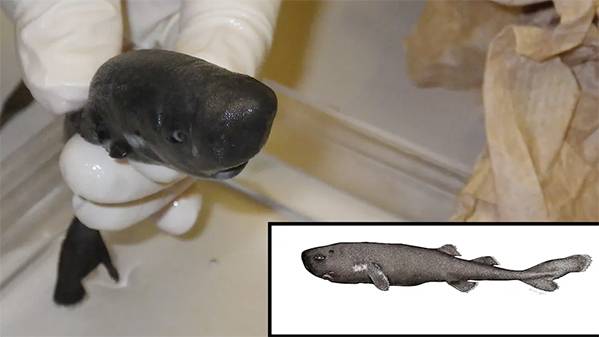
In 2015, researchers finally identified a second species, sparking renewed interest in these elusive animals. With unique bioluminescent organs, mysterious “pockets,” and a possible connection to the notorious cookiecutter shark, pocket sharks remain one of the ocean’s strangest and most fascinating secrets.
What makes pocket sharks unique
Pocket sharks are not named for their small size, but rather for the unusual pockets located near their pectoral fins. These organs can release a bioluminescent fluid, which may serve as a defense mechanism against predators or as a way to confuse prey. This rare feature sets pocket sharks apart from other deep-sea species and adds to the mystery surrounding their biology. Scientists believe these glowing pockets, combined with the shark’s other light-producing organs, could help it survive in the pitch-black depths of the ocean.
The first discovery in 1979
The story of the pocket shark began in 1979, when Russian scientists collected the first known specimen in the southeast Pacific Ocean. This tiny shark was formally described in 1984 and named Mollisquama parini, after Russian ichthyologist Nikolai Vasilevich Parin. Today, the preserved specimen is housed in the Zoological Museum in St. Petersburg, Russia. For decades, no other pocket sharks were found, leaving scientists with more questions than answers about their anatomy, behavior, and distribution.
A second specimen emerges in 2010
More than three decades after the first discovery, a second pocket shark appeared—though it wasn’t recognized immediately. During a 2010 deep-sea expedition in the Gulf of Mexico, scientists studying sperm whales unknowingly collected the rare specimen. It wasn’t until years later, while examining samples at NOAA’s Pascagoula Laboratory in Mississippi, that researchers realized they had found another pocket shark. This specimen, later described in 2015 and 2019, was identified as a new species: Mollisquama mississippiensis, or the American pocket shark.
Key differences between the two species
While the two pocket sharks share similarities, they are also distinct. The American pocket shark has fewer vertebrae than the original species, different tooth structures, and light-producing organs across its body. These features suggest it may have evolved specific adaptations for life in the Gulf of Mexico’s deep waters. Scientists also noted that the American pocket shark specimen was a juvenile male measuring just 5.5 inches long, highlighting how little is still known about the growth and life cycle of these creatures.
A rare find in marine science
What makes pocket sharks even more remarkable is their rarity. According to Mark Grace, lead author of the studies on the American pocket shark, only two specimens have ever been recorded in the history of fisheries science. Each came from separate oceans, reinforcing the idea that these sharks may live in highly specific environments. Their scarcity also raises questions: Are they truly rare in number, or are they simply so elusive that scientists rarely encounter them?
Connection to cookiecutter sharks
Genetic studies have revealed that pocket sharks belong to the same family as cookiecutter sharks, known for biting circular chunks of flesh out of whales, dolphins, and even submarines. While pocket sharks have never been observed feeding, scientists suspect they may share similar behaviors. If true, these tiny predators could play a surprising role in the ocean’s food web, using their small but powerful jaws to feed on larger animals.
Why pocket sharks matter
Although only two specimens have ever been studied, pocket sharks highlight the mysteries that still exist in the ocean. Their unusual anatomy, bioluminescent abilities, and rare appearances remind scientists that countless species remain undiscovered or poorly understood. Each new find brings valuable insights into marine biodiversity and deep-sea ecosystems. For researchers, pocket sharks serve as a symbol of how little we know about Earth’s final frontier.
The future of pocket shark research
For now, pocket sharks remain among the rarest sharks in the world, and scientists are eager for future discoveries. Advances in deep-sea exploration, genetic testing, and imaging technology may one day uncover more specimens. Until then, these two tiny sharks—separated by oceans and decades—stand as rare ambassadors of the deep, waiting for their secrets to be revealed.

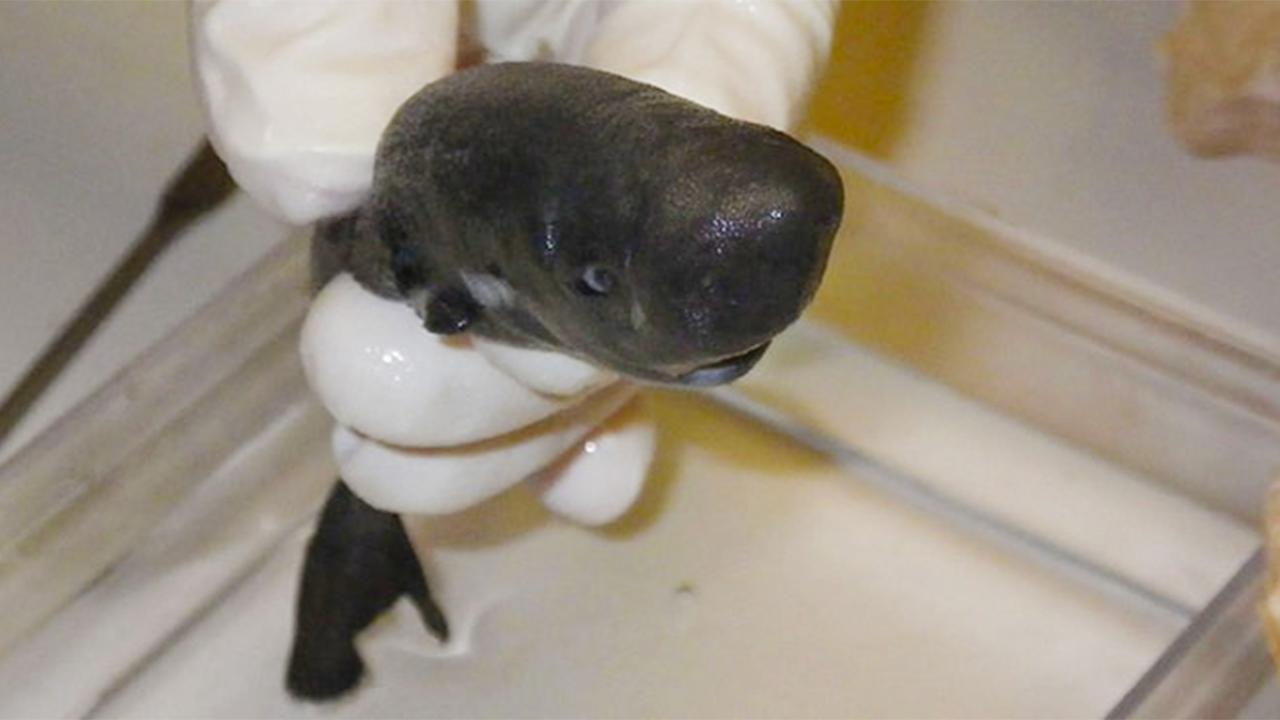



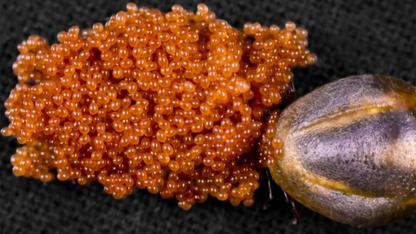






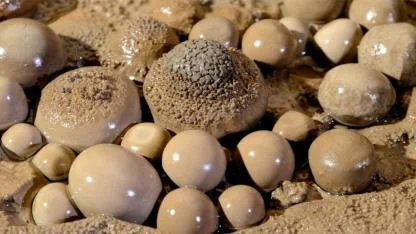
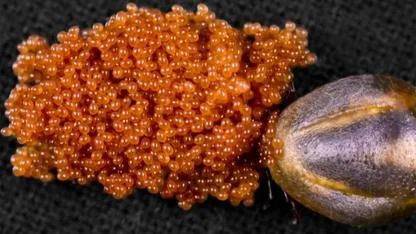

Yorumlar
Kalan Karakter: